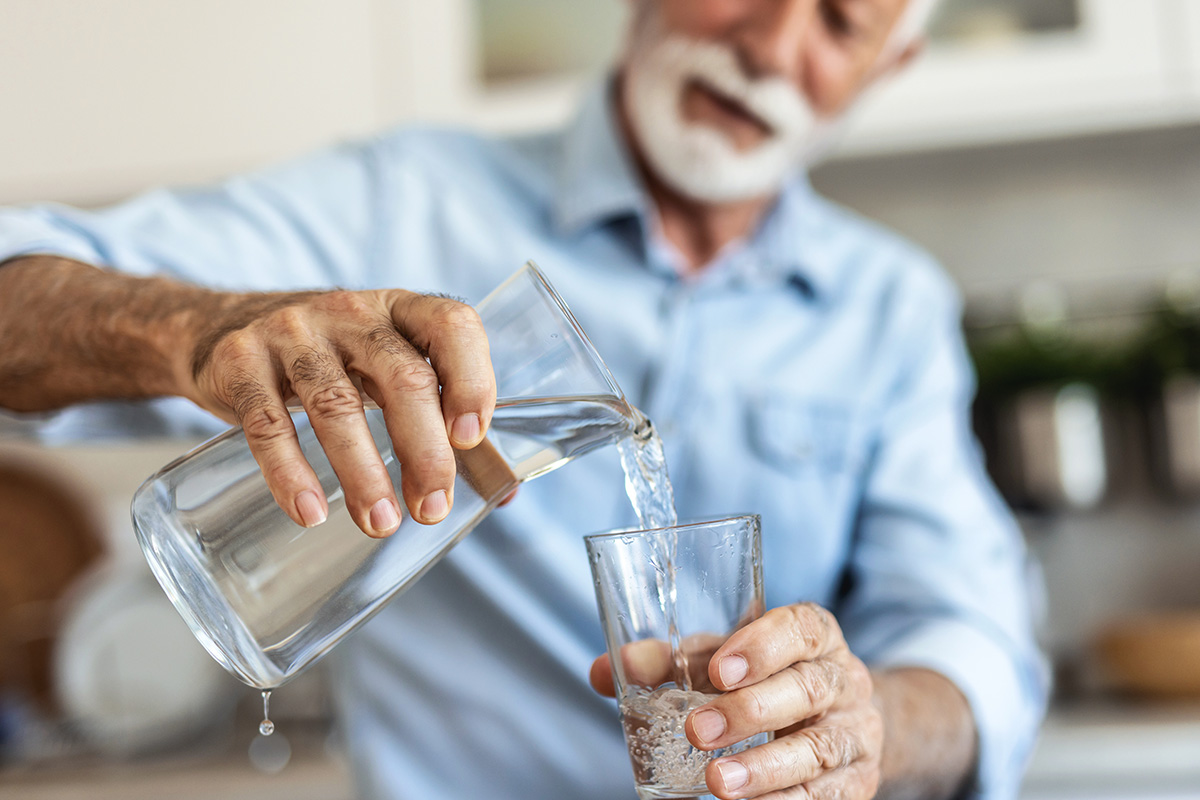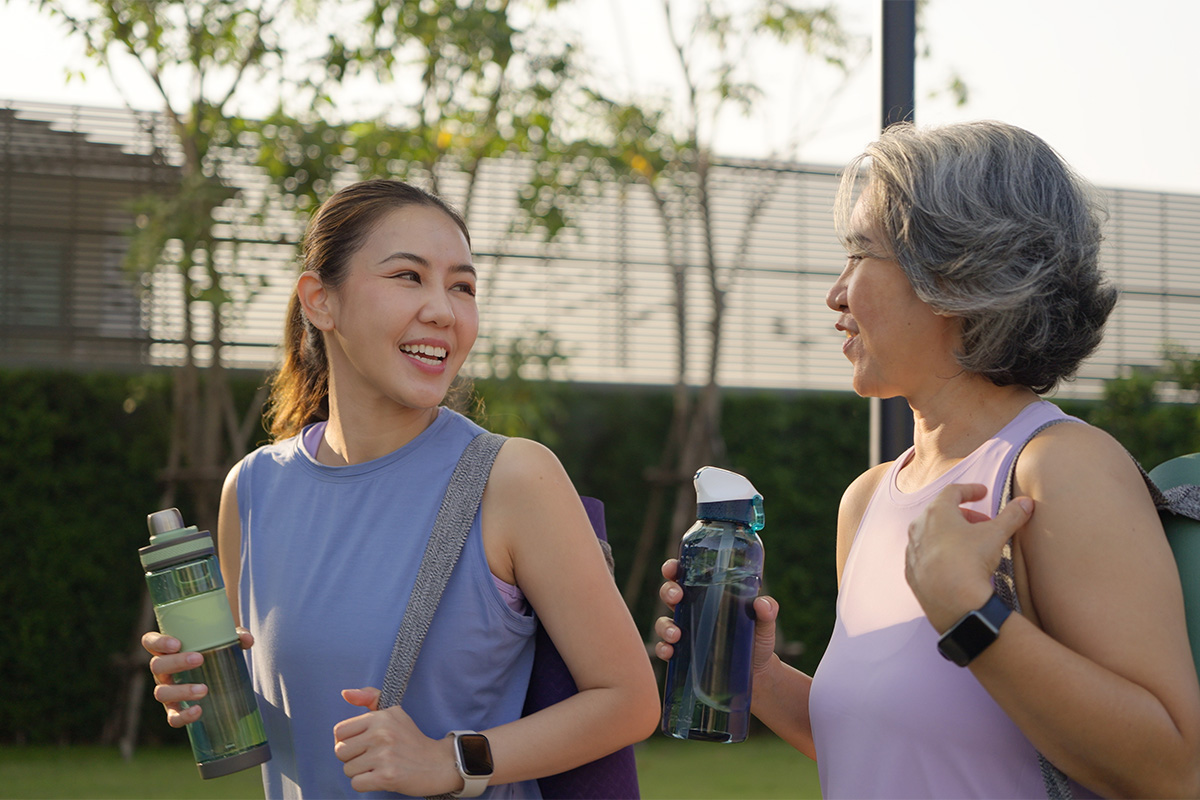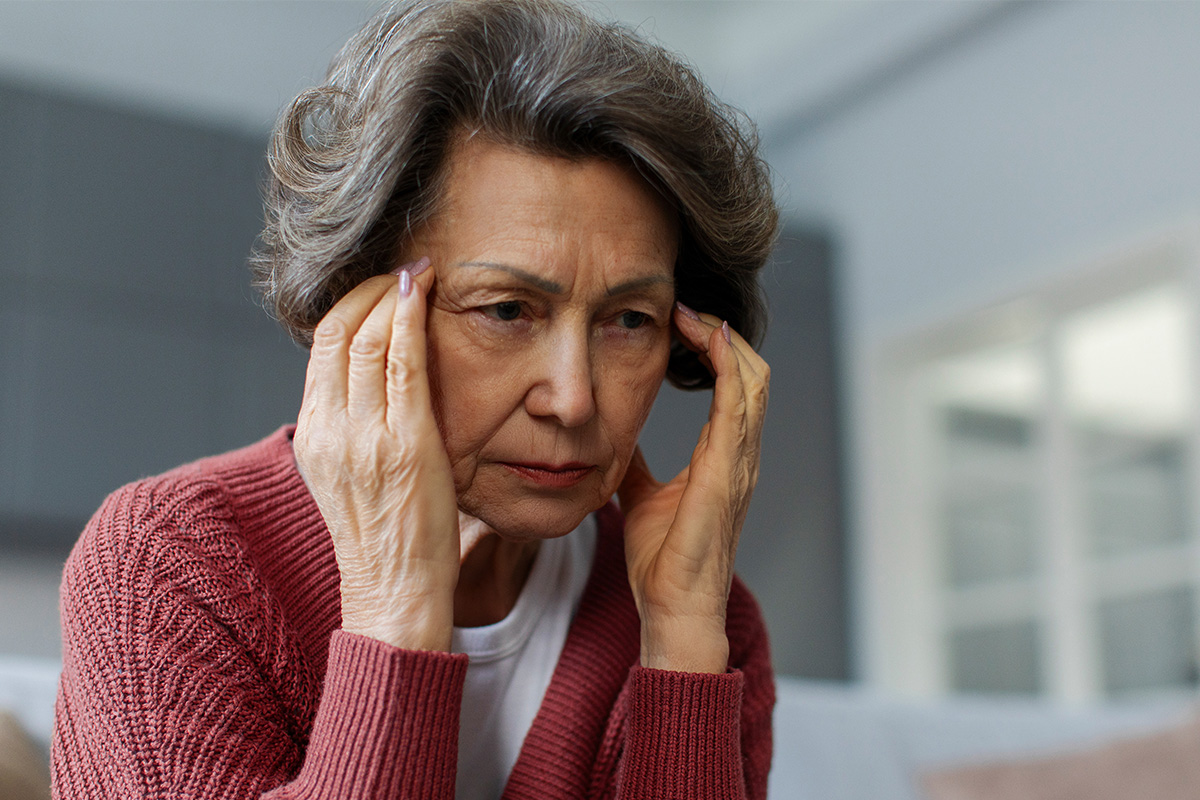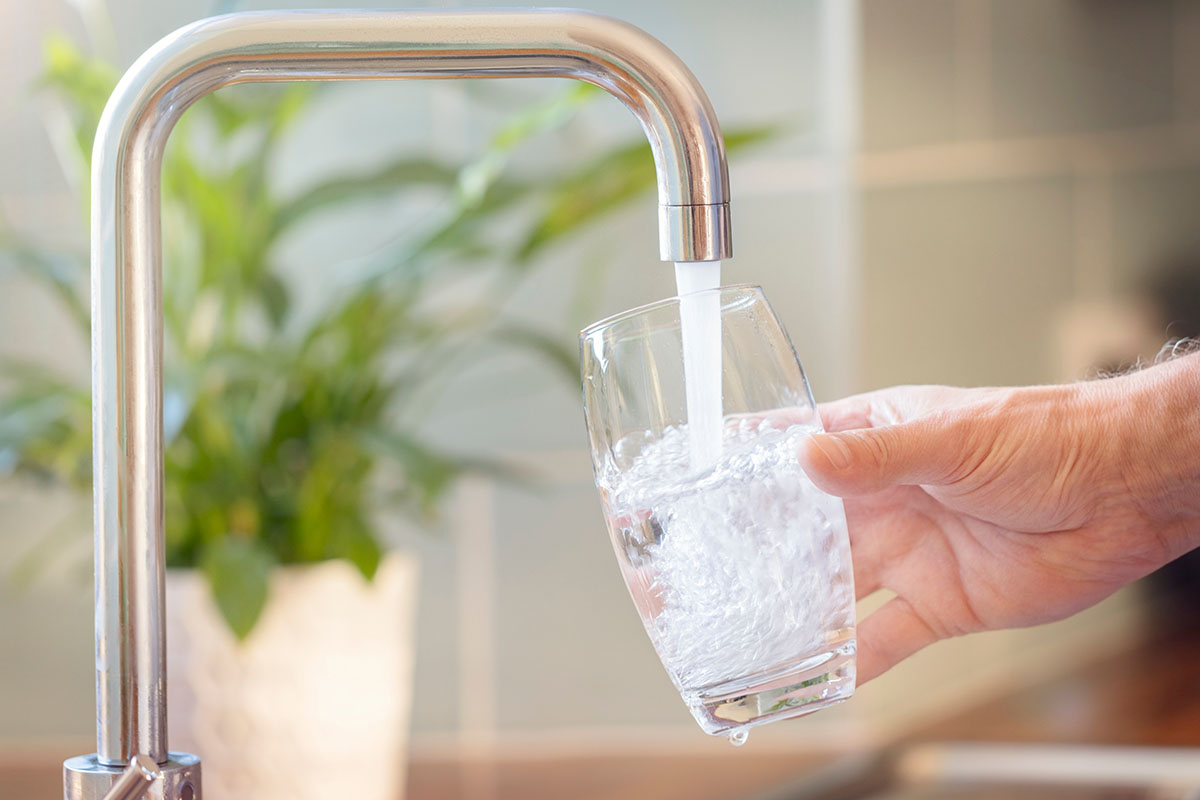Staying Hydrated with Parkinson’s: What To Know

For individuals living with Parkinson’s disease, staying hydrated isn’t just about general health; it’s a critical part of symptom management and overall well-being.
Dehydration can exacerbate motor symptoms, increase the risk of falls, impair cognition, and even interfere with medication efficacy.
Understanding the connection between PD and hydration is essential for people with PD, care partners, and healthcare providers alike.
Why It’s Critical to Stay Hydrated with Parkinson’s

Water plays a fundamental role in almost every bodily function: regulating temperature, supporting digestion, maintaining blood pressure, and ensuring proper cellular activity.
For those with Parkinson’s, these functions are even more crucial.
Medication Efficacy
Levodopa, the most commonly prescribed medication for PD, relies on adequate absorption in the small intestine.
Dehydration can delay gastric emptying and impair the absorption of Levodopa and other medications, leading to fluctuations in motor performance, also known as "off" periods.
Cognitive Function
Even mild dehydration (as little as 1–2% fluid loss) can cause measurable cognitive decline in memory, attention, and concentration. For people with PD, who may already struggle with cognitive changes, staying hydrated is a protective factor.
Blood Pressure and Falls
Orthostatic hypotension—a sudden drop in blood pressure upon standing—is common in Parkinson’s and is worsened by dehydration. This can lead to dizziness, fainting, and an increased risk of falls and fractures.
Improved Digestion
Regular water consumption helps aid digestion, lessening the impacts of constipation, a common side effect of Parkinson’s disease.
Causes of Dehydration in PD

Several Parkinson’s-related symptoms and treatment factors predispose people living with Parkinson’s to dehydration:
Medication Side Effects
Some PD medications can increase urination or reduce salivary flow, both of which contribute to fluid loss.
Reduced Thirst Sensation
PD can impair the hypothalamus and brainstem, areas involved in thirst regulation. As a result, people with Parkinson’s may not feel thirsty even when their body needs fluids.
Dysphagia (Difficulty Swallowing)
Swallowing difficulties affect up to 80% of people with PD, especially in advanced stages. This can make drinking water uncomfortable or risky, leading to decreased intake.
Excessive Sweating and Drooling
Autonomic dysfunction in PD may cause diaphoresis (excessive sweating), which leads to fluid loss. Paradoxically, people with Parkinson’s may also experience sialorrhea (excessive saliva), yet they still require fluid replacement for internal hydration.
Urinary Frequency and Incontinence
Overactive bladder or incontinence are common non-motor symptoms of Parkinson’s disease. Some individuals reduce fluid intake in an attempt to manage these symptoms, inadvertently increasing their risk of dehydration.
Symptoms of Dehydration

Recognizing dehydration early is essential, especially when some symptoms may overlap with PD itself.
Signs include:
- Dry mouth and thick saliva
- Fatigue and muscle cramps
- Confusion or dizziness
- Constipation
- Dark yellow urine or low urine output
- Headaches
- Low blood pressure and lightheadedness
Severe dehydration may lead to hospitalization, especially in older adults or those with multiple health conditions.
Tips for Staying Hydrated with Parkinson’s

Here are practical strategies to help individuals with PD maintain healthy hydration:
1. Set a Hydration Schedule
Use alarms or apps to remind you to drink small amounts of fluid throughout the day. Aim for at least 6–8 glasses (1.5–2 liters) daily, adjusting based on activity level and heat exposure.
2. Incorporate Hydrating Foods
Add water-rich foods like cucumbers, watermelon, strawberries, soups, and smoothies to the diet. These not only hydrate but are often easier to swallow.
3. Use Adaptive Cups and Straws
For those with tremors or hand rigidity, spill-proof cups, straws, or hydration backpacks can make drinking easier and safer.
4. Manage Swallowing Difficulties
Work with a speech-language pathologist (SLP) to develop safe swallowing techniques. Thickened fluids may be recommended for people at risk of aspiration.
For those in the Los Angeles area, Speak Out! is a free speech therapy resource at Cal State LA for people with Parkinson’s disease. Learn more here.
5. Avoid Dehydrating Substances
Limit intake of caffeine and alcohol, both of which can act as diuretics. Monitor medications for dehydration risks and talk to your healthcare provider about alternatives if needed.
6. Supplement Water with Electrolytes
On hotter days or after sweating, add sugar-free electrolyte beverages or mixes to your routine to help replenish sodium and potassium, without the added sugar.
7. Monitor for Signs
Keep an eye on urine color and frequency as a quick hydration check. Pale yellow urine generally indicates good hydration. If you’re thirsty, you’re already dehydrated.
Stay Hydrated to Stay Healthy

Dehydration is an often-overlooked but critically important concern in Parkinson’s disease management. From compromising medication effectiveness to increasing the risk of falls and cognitive decline, low fluid intake can have serious consequences.
With awareness, routine, and support, individuals with PD can adopt strategies to maintain proper hydration and safeguard their overall health.
Whether you're living with Parkinson’s or caring for someone who is, make hydration a daily priority—it’s one of the simplest yet most impactful steps you can take!
Donate Today,
Change Lives Forever
PCLA is powered by generous contributions from people like you.
Please consider donating today so we can continue to provide critical support to those impacted by Parkinson’s.

